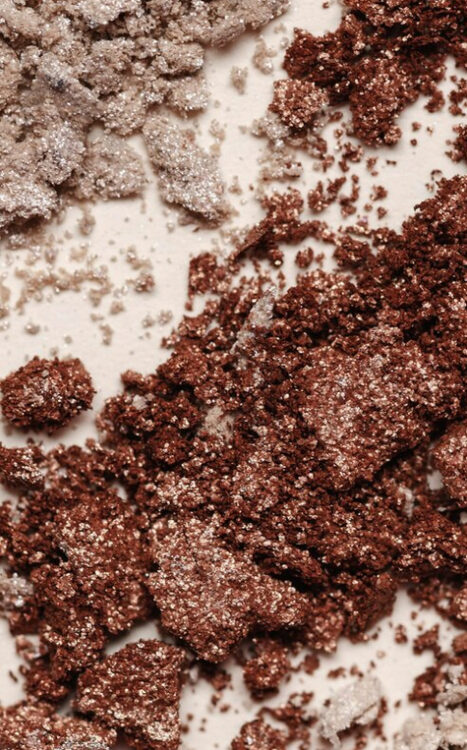COLORING TECHNIQUES (1)
APPLYING COLOR
COLOR & MORE COLOR !!
It may be more challenging than it seems when adding color to the ceramic object. Working with oxides, stains, slips, and glazes is significantly different from working with regular paints because of how they change before and after firing.
Given the countless coloring techniques and combinations available, the range of colors is incredibly broad. We are able to create any color in the colour spectrum by varying the percentages of oxides, slips, and glazes.
Elements such as varnishes, glazes, the type of clay, the temperature of the oven, can affect the final result of the ceramic object, so it is very important to control these variables, since the alteration of a single variable can totally change the appearance of the object. ceramic.
ASH IN GLAZES
Adding ashes is also another way of glazing a ceramic object.
The most common ashes used are the ashes from plants, animales and volcanic ashes. The famous porcelain of “Bone china” uses primarity ashes made of the bones of animales.
In artekeramiko we prefere using plant ashes from dried leaves or volcanic ashes, that are more difficult to obtain.
CERAMIC COLORS

In the following blog entry we explain the different element that add color to our ceramic pieces and its differences, oxides, glazes and pigments.
WIDE RANGE OF COLOR !
Commercially available ceramic colors provide us with a large selection of color options, they are ready and simple to use, and greatly improve the variety of the ceramist’s work.
Using different varnishes, colors and pigments on the surface is one method for achieving various colors combinations
It’s crucial to make an effort to produce various effects in order to get the intended outcomes.
A ceramist can use just as many distinct colors as a painter, but in order to get the desired effect, you need to know how to combine the various elements.

 ...
...